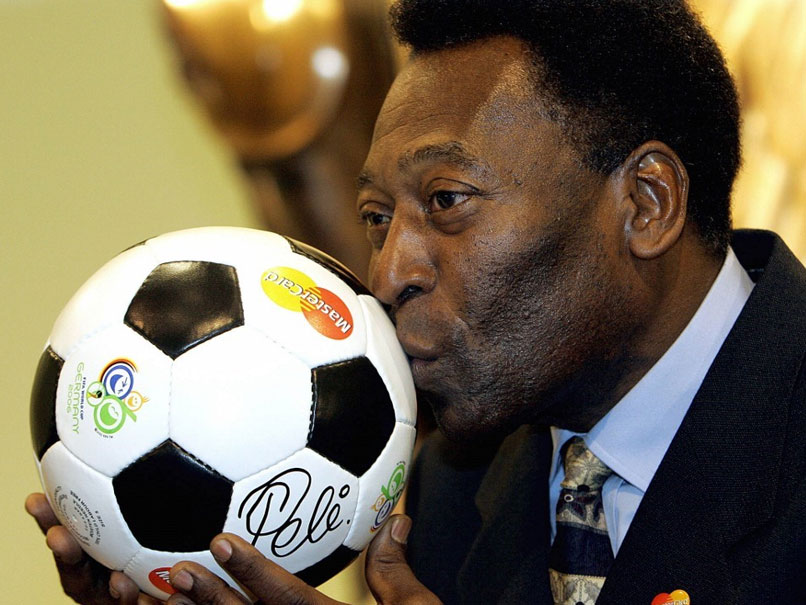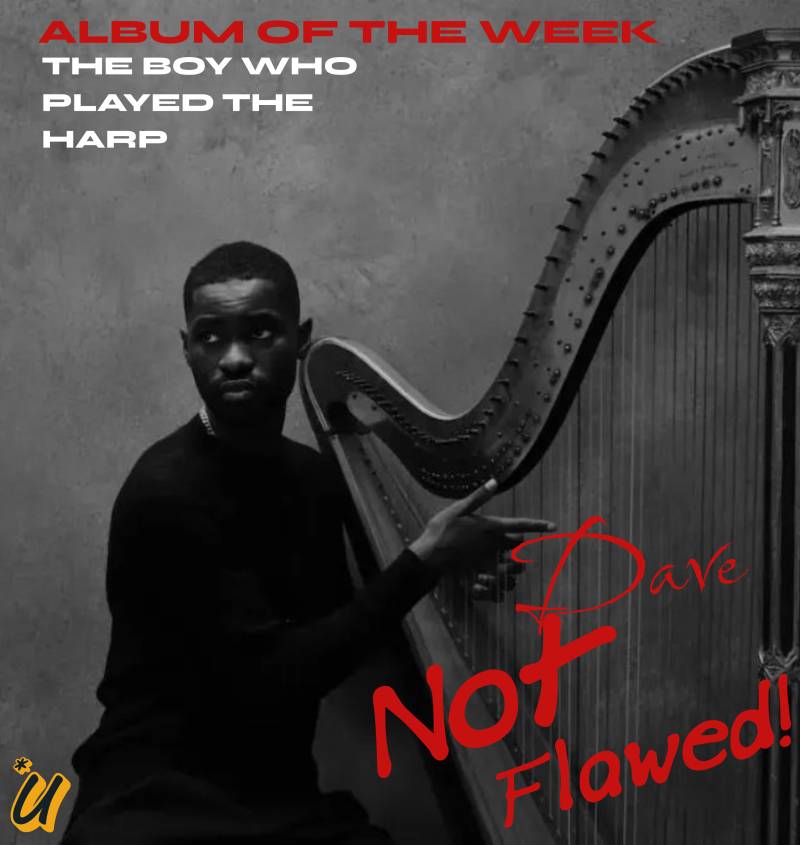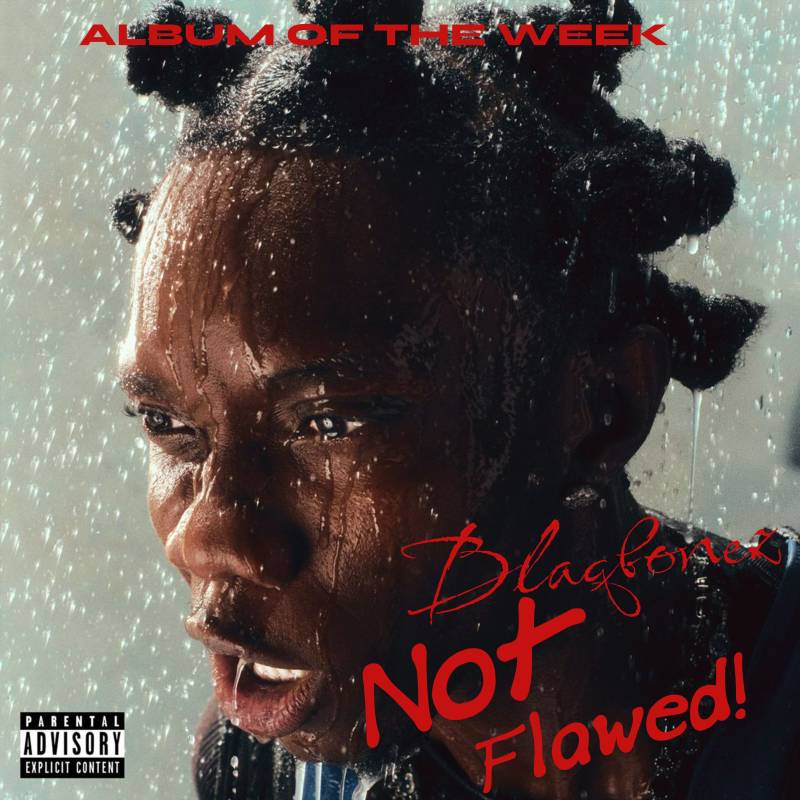Brazilian legend, one of the most decorated athletes in the history of "the Beautiful Game," dies following battle with colon cancer Lauded by many as the greatest player to ever play football, Pele had been battling health issues in recent years. He was pictured in a wheelchair at the 2018 World Cup and was taken into hospital after collapsing due to exhaustion a month after the tournament. He had been receiving regular treatment from doctors ever since undergoing surgery to have a tumour on his colon removed in September 2021, but had been readmitted to hospital towards the end of 2022. His condition failed to improve, with Pele remaining in hospital in Sao Paulo throughout the 2022 World Cup and then for Christmas, as his family confirmed. Pele's daughter, Kely Nascimento, had been providing regular updates on her father throughout the month with the world learning of his ill health, before his death was confirmed on December 29.

Pelé began playing soccer as a young child and usually played with a sock stuffed with newspaper and tied with a string or with a grapefruit. He played on several amateur teams, even leading the local Bauru Athletic Club juniors team to two Sao Paulo state youth championships. At the age of 15, his youth coach Waldemar de Brito, a former member of the Brazilian national soccer team, convinced Pelé’s parents to let the budding phenomenon try out for the Santos professional club.
The teenager was signed and immediately began making an impact. He scored the first professional goal of his career before he turned 16 and led the Brazilian soccer league in goals scored in his first full season. The world was officially introduced to the phenom at the 1958 World Cup in Sweden. Displaying remarkable speed, athleticism and field vision, the 17-year-old Pelé scored three goals in a 5-2 semifinal win over France before netting two more goals in the 5-2 championship win over the host country.
)
Then-Brazilian President Janio Quadros went on to declare the young superstar a national treasure, which made it harder legally for him to play in another country. Regardless, Pelé went on to play lucrative exhibition matches with teams around the world. Pelé helped Brazil to two more World Cup trophies – at the 1962 World Cup in Chile and 1970 World Cup in Mexico. Brazil crashed out in the first round of the 1966 World Cup in England, having only played three matches. Throughout the years, the legend of Pelé continued to grow – so much so, that in the late 1960s, the two factions in the Nigerian Civil War reportedly agreed to a 48-hour ceasefire so they could watch Pele play in an exhibition game in Lagos. Former U.S. President Ronald Reagan summarized Pelé’s stardom when the soccer star visited him at the White House and he said:
"My name is Ronald Reagan, I’m the president of the United States of America. But you don’t need to introduce yourself, because everyone knows who Pelé is."
Pelé went on to play for the New York Cosmos in the North American Soccer League after a brief retirement from the sport. He played his final game in an exhibition between New York and Santos in October 1977, competing for both sides. He retired with a total of 1,281 goals in 1,363 games. Pelé held the record for youngest player to play in a World Cup final, youngest goal scorer and youngest hat-trick scorer in World Cup history. In 1978, Pelé was awarded the International Peace Award for his work with UNICEF, and in 1999, FIFA named him "Co-Player of the Century" along with Argentine star Diego Maradona. He is survived by his third wife, Marcia Aoki, six children from various relationships, and several grandchildren.



